The Carolina Reaper is the world's hottest chili pepper, certified by Guinness World Records since 2013 with an average heat level of 1.6 million Scoville Heat Units (SHU). This fiery fruit offers more than just intense heat—it features complex fruity flavors, culinary versatility, and fascinating scientific properties. Whether you're a spice enthusiast or curious about extreme peppers, this guide covers everything you need to know.
- What Is the Carolina Reaper?
- How Hot Is It Really?
- Growing Your Own Carolina Reapers
- Cooking with the Carolina Reaper
- Safety First: Handling the Heat
- Buying Guide: Where to Get the Best Carolina Reapers
- Frequently Asked Questions
- Fun Facts & Cultural Impact
- Conclusion
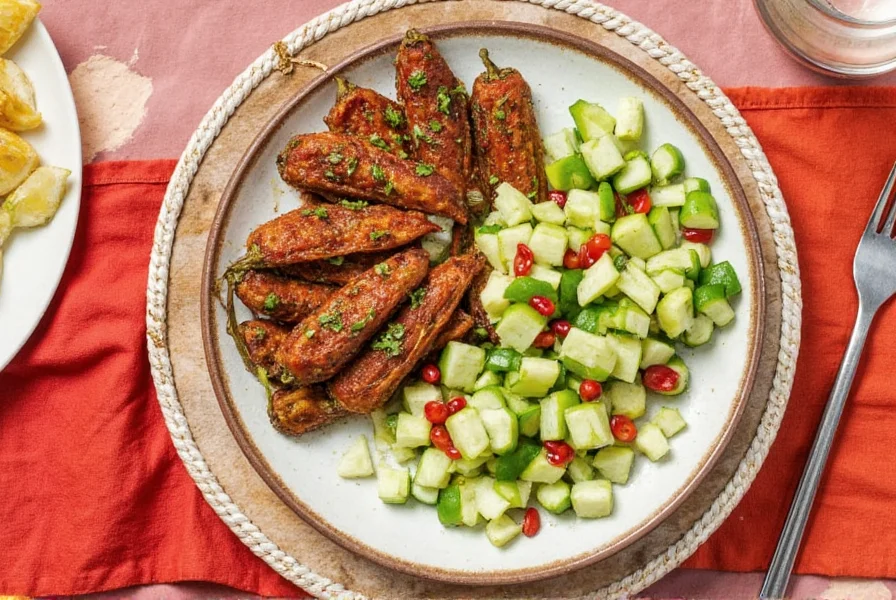
What Is the Carolina Reaper?
The Carolina Reaper, scientifically known as Capsicum chinense 'Carolina Reaper,' was bred by Ed Currie of the PuckerButt Pepper Company in Fort Mill, South Carolina. This hybrid variety was created by crossbreeding a Pakistani Naga pepper with a West Indian Scotch Bonnet. The result? A gnarled, red, bumpy fruit that looks more like a weapon than a vegetable.
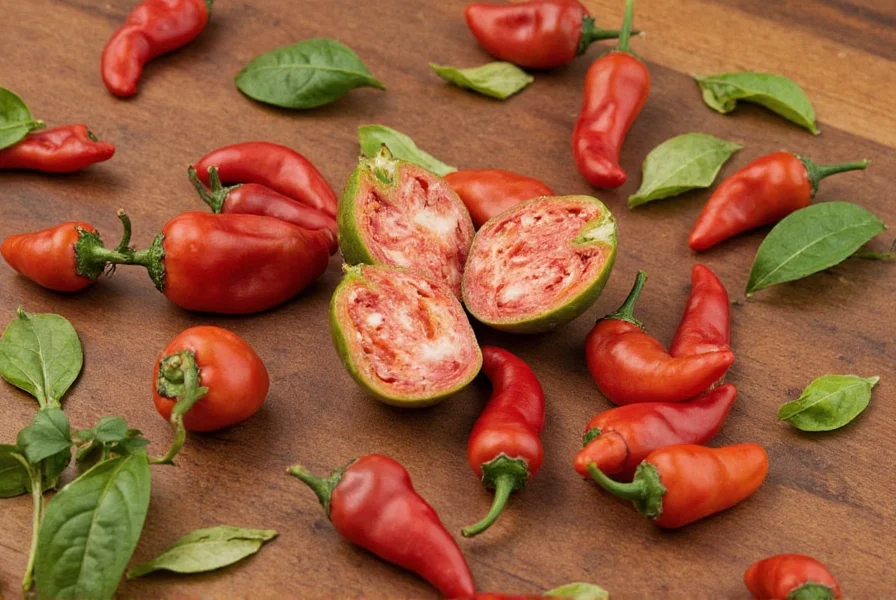
Its shape is reminiscent of a tiny lantern or a tail-lashed dragon—either way, it commands attention. It grows between 1.5 to 2.5 inches long, often with a stinger-like protrusion at the end. Its color shifts from green when immature to a vibrant red when fully ripe.
How Hot Is the Carolina Reaper?
Let's get right down to it: the Carolina Reaper is insanely hot. On the Scoville scale—a measurement of capsaicin content—it averages around 1.6 million SHU (Scoville Heat Units), but can go as high as 2.2 million. For reference:
| Pepper | Scoville Heat Units (SHU) |
|---|---|
| Carolina Reaper | 1,400,000 – 2,200,000 |
| Ghost Pepper (Bhut Jolokia) | 800,000 – 1,041,427 |
| Habanero | 100,000 – 350,000 |
| Jalapeño | 2,500 – 8,000 |
| Bell Pepper | 0 |
This means the Carolina Reaper is literally over 400 times hotter than a jalapeño and nearly double the ghost pepper, which once held the world record. However, don't let the numbers scare you off entirely. There's more to this pepper than just heat.
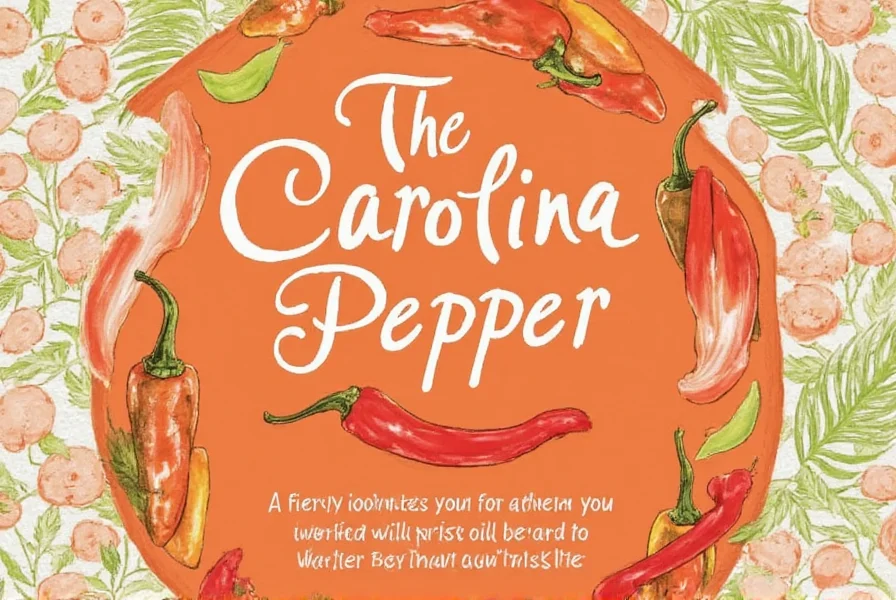
Growing Your Own Carolina Reapers
If you're feeling adventurous (and patient), growing your own Carolina Reaper plant can be a rewarding experience. Here's what you need to know:
Sunlight and Soil
- Prefer full sun exposure for at least 6–8 hours a day.
- Use well-draining soil rich in organic matter. A pH of 6.0–6.8 is ideal.
Temperature Requirements
- Seeds germinate best in temperatures above 80°F (27°C).
- Mature plants thrive in daytime temperatures of 70–90°F (21–32°C).
Watering Tips
- Keep the soil consistently moist but not soggy.
- Avoid watering the leaves directly to prevent mold and mildew.
Fertilizing Like a Pro
- Use a balanced fertilizer early on.
- Switch to a low-nitrogen, high-phosphorus blend when flowering begins.
Harvest Time
- Peppers take about 90–100 days to mature from seed.
- Pick them when they turn bright red for maximum heat and flavor.
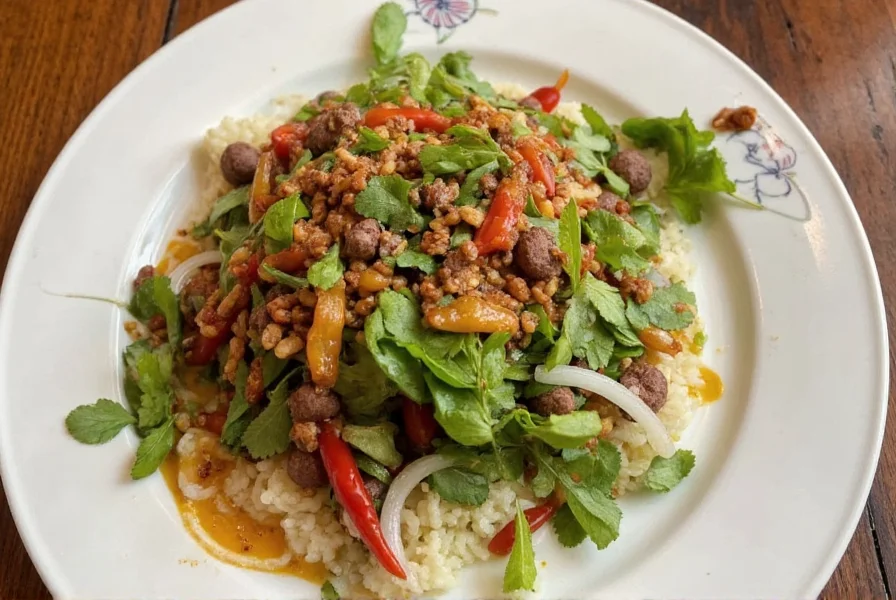
Cooking with the Carolina Reaper
Now, onto the part most people are curious (or nervous) about: cooking with the Carolina Reaper. The key here is balance. While it's easy to overpower a dish with its heat, used correctly, it adds depth, complexity, and a unique kick that elevates many recipes.
Taste Profile
The Carolina Reaper starts with a sweet, fruity note before unleashing its searing heat. Think of it as a habanero on steroids—with more sweetness upfront and less bitterness. This dual nature makes it perfect for sauces, salsas, and marinades where you want a slow-building burn rather than an instant punch.
Popular Recipes Featuring Carolina Reaper
- Carolina Reaper Hot Sauce: Blend roasted peppers with vinegar, garlic, and a touch of honey for a smoky yet fiery condiment.
- Spicy Jerk Marinade: Add finely minced Reaper to traditional jerk seasoning for a bold twist.
- Death Wings: Infuse butter with Reaper oil and drizzle over grilled chicken wings for a legendary appetizer.
- Fiery Salsa: Mix diced Reaper with tomatoes, onions, cilantro, and lime juice. Use sparingly!
Cooking Tip: Control the Burn
- Remove the seeds and white membranes (placenta) to reduce heat significantly.
- Use gloves when handling fresh peppers to avoid skin irritation.
- Never inhale while cutting up the pepper—it can cause coughing fits and eye irritation.
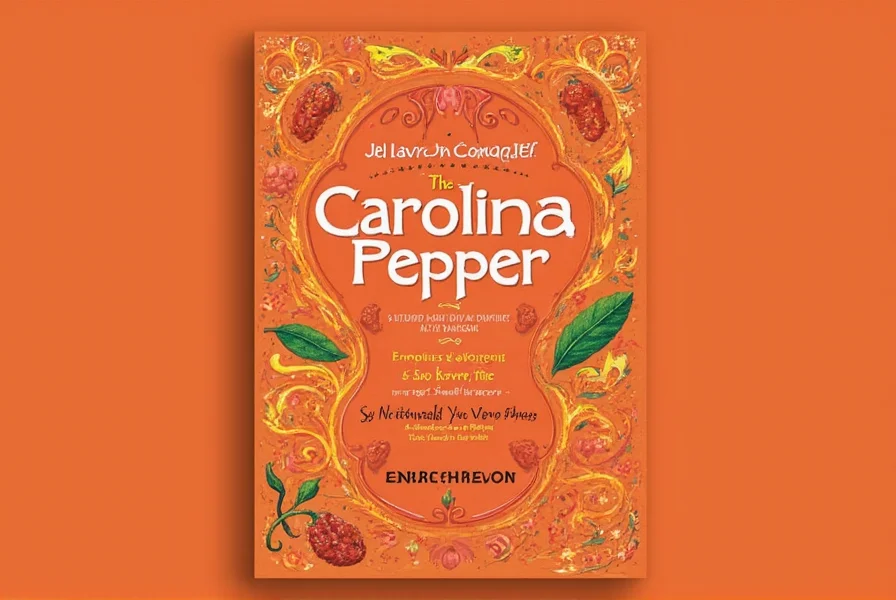
Safety First: Handling the Heat
While eating a whole Carolina Reaper may seem like a dare only suited for YouTube challenges, it's crucial to respect its power. Here are essential safety tips whether you're cooking or gardening:
Kitchen Safety Checklist
- Wear disposable gloves when chopping or seeding the pepper.
- Use separate cutting boards and utensils to avoid cross-contamination.
- Rinse tools immediately after use—capsaicin doesn't dissolve easily in water, so soap helps.
- Have dairy products (like milk or yogurt) nearby to neutralize the heat if needed.
Gardening Precautions
- Wear gloves when pruning or harvesting to avoid skin burns.
- Avoid touching your face or eyes while working with the plants.
- Wash hands thoroughly after handling, especially before touching sensitive areas.
What to Do If You've Been Burned
- Apply rubbing alcohol or high-fat cream to the affected area.
- Drink milk or eat yogurt instead of water if your mouth is burning.
- Seek medical attention if symptoms include severe swelling, difficulty breathing, or blistering.
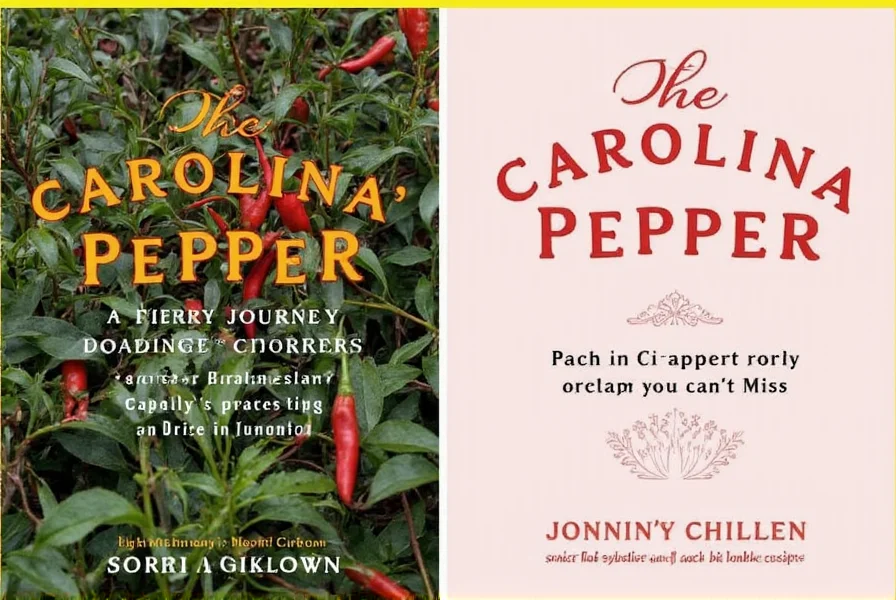
Buying Guide: Where to Get the Best Carolina Reapers
Whether you're looking for seeds, dried peppers, or hot sauce, choosing quality sources is essential. Here's a guide to help you pick the best options available:
For Seeds
- PuckerButt Pepper Company
- Features original Carolina Reaper seeds from Ed Currie.
- Pros: Authentic, high germination rate.
- Cons: Higher price point compared to generic sellers.
- Best for: Serious growers looking for top-quality genetics.
- Epic Gardening Seeds
- Known for beginner-friendly packaging and detailed planting guides.
- Pros: Affordable, educational resources included.
- Cons: May vary slightly in heat intensity.
- Best for: Newcomers to chili gardening.
For Fresh/Dried Peppers
- Amazon Prime Pantry
- Offers both fresh frozen and dried Carolina Reapers.
- Pros: Fast delivery, multiple seller options.
- Cons: Inconsistent quality across sellers.
- Best for: Home cooks needing quick access to peppers.
- Local Farmers Markets (when available)
- Locally grown and often harvested at peak ripeness.
- Pros: High quality, sustainable choice.
- Cons: Availability limited to certain seasons or regions.
- Best for: Enthusiasts who value freshness and local sourcing.
For Hot Sauces & Products
- Mad Dog 357 Ghost Pepper Sauce
- Contains Carolina Reaper along with other superhots.
- Pros: Intense flavor profile, great for collectors.
- Cons: Very expensive, extremely hot.
- Best for: Spice connoisseurs and hot sauce collectors.
- Pain is Good Original Reaper Sauce
- Uses only Carolina Reaper and apple cider vinegar.
- Pros: Pure, clean ingredients, moderately priced.
- Cons: Less complex than multi-pepper blends.
- Best for: Everyday use with customizable heat levels.
Frequently Asked Questions
What is the Carolina Reaper?
The Carolina Reaper, officially known as the Carolina Reaper, is a hybrid chili pepper developed by Ed Currie of the PuckerButt Pepper Company. It's a cross between a Pakistani Naga pepper and a West Indian Scotch Bonnet pepper, and has held the Guinness World Record for hottest chili pepper since 2013. It has a distinctive red, bumpy appearance with a stinger-like tail and ranges from 1.5 to 2.5 inches in length.
How hot is the Carolina Reaper compared to other peppers?
The Carolina Reaper averages 1.6 million Scoville Heat Units (SHU) but can reach up to 2.2 million SHU. This makes it approximately 400 times hotter than a jalapeño (2,500-8,000 SHU), twice as hot as a ghost pepper (800,000-1,041,427 SHU), and about 6 times hotter than a habanero (100,000-350,000 SHU). The extreme heat comes from its high capsaicin content, the compound responsible for the burning sensation in chili peppers.
Can you eat the Carolina Reaper raw?
Technically yes, but it's not recommended for most people. Eating a Carolina Reaper raw can cause severe mouth and stomach pain, nausea, vomiting, and in rare cases, more serious reactions like "thunderclap headaches." Even experienced spice eaters often consume only a small portion rather than the entire pepper. If you do attempt to eat one raw, have dairy products (like milk or yogurt) ready to help neutralize the capsaicin burn.
How should I handle Carolina Reapers safely?
Always wear gloves when handling Carolina Reapers to protect your skin from capsaicin burns. Never touch your face, eyes, or sensitive areas while working with them. Use separate cutting boards and utensils that won't be used for other foods afterward. Work in a well-ventilated area as the fumes can irritate your eyes and respiratory system. After handling, wash all surfaces and tools thoroughly with soap and water.
What are the health effects of eating Carolina Reapers?
In moderation, Carolina Reapers can offer health benefits like boosting metabolism, providing anti-inflammatory effects, and delivering vitamin C. However, excessive consumption can cause stomach pain, nausea, vomiting, and digestive issues. In rare cases, extremely spicy peppers have been linked to temporary neurological issues like "thunderclap headaches." People with certain medical conditions (like ulcers or IBS) should avoid super-hot peppers altogether. Always consult with a healthcare provider if you have concerns about consuming extremely spicy foods.
How can I reduce the heat of a dish that's too spicy?
If you've added too much Carolina Reaper to a dish, there are several ways to reduce the heat: add more of the other ingredients to dilute the spice, incorporate dairy products (milk, yogurt, sour cream), add sweetness (sugar, honey, fruit), include starch (rice, bread, potatoes), or add acid (lemon juice, vinegar). Remember that water won't help—capsaicin is oil-based, so dairy or fats are much more effective at neutralizing the burn.
Where can I buy Carolina Reaper seeds or plants?
The most reliable source for authentic Carolina Reaper seeds is the PuckerButt Pepper Company, which created the variety. Other reputable seed companies like Epic Gardening also offer them. For fresh peppers, check specialty grocery stores, farmers markets (seasonally), or online retailers like Amazon. Many hot sauce brands also incorporate Carolina Reapers, with options ranging from Pain is Good Original Reaper Sauce to Mad Dog 357.
How long does the burn from Carolina Reapers last?
The intensity and duration of the burn varies by person, but typically the initial intense burning sensation lasts 15-30 minutes. Complete recovery from the burning sensation usually takes 1-2 hours. The burn can last longer on skin (up to several hours) unless properly treated with alcohol or high-fat creams. Drinking milk or eating yogurt can significantly shorten the duration of mouth burn, while water tends to spread the capsaicin rather than neutralize it.
Fun Facts & Cultural Impact
The Carolina Reaper isn't just famous for being hot—it's also made waves in pop culture, food trends, and even science. Here are some cool facts:
- The first person to break the previous world record (held by the Trinidad Moruga Scorpion) was Ed Currie's own creation.
- In 2016, a man in the UK reportedly suffered a "thunderclap headache" after eating one—a rare neurological reaction documented in the British Medical Journal.
- Carolina Reapers have been used in military-grade deterrents and experimental pain research due to their high capsaicin content.
- They appear frequently in competitive eating challenges, YouTube stunts, and spicy food festivals worldwide.
- Some studies suggest that capsaicin may boost metabolism, aid in weight loss, and provide anti-inflammatory benefits—though definitely not enough to justify eating one raw unless medically advised!
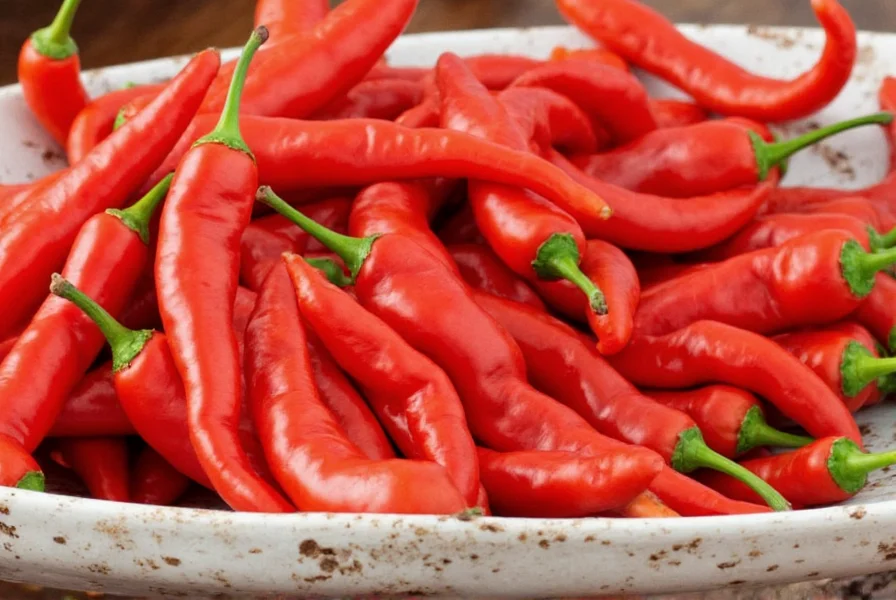
Conclusion: Reigniting Your Love for Spices
The Carolina Reaper, though intimidating at first glance (and taste), opens up a world of culinary creativity, gardening satisfaction, and even scientific intrigue. Whether you grow it yourself, cook with it sparingly, or admire it from afar, the Carolina Reaper stands as a testament to human innovation and our eternal love affair with spice.
So next time you see a Carolina Reaper recipe or someone daring to eat one, remember: it's not just about the heat—it's about passion, perseverance, and a whole lot of flavor waiting beneath the fire.
Stay spicy, stay safe, and enjoy the ride!











 浙公网安备
33010002000092号
浙公网安备
33010002000092号 浙B2-20120091-4
浙B2-20120091-4